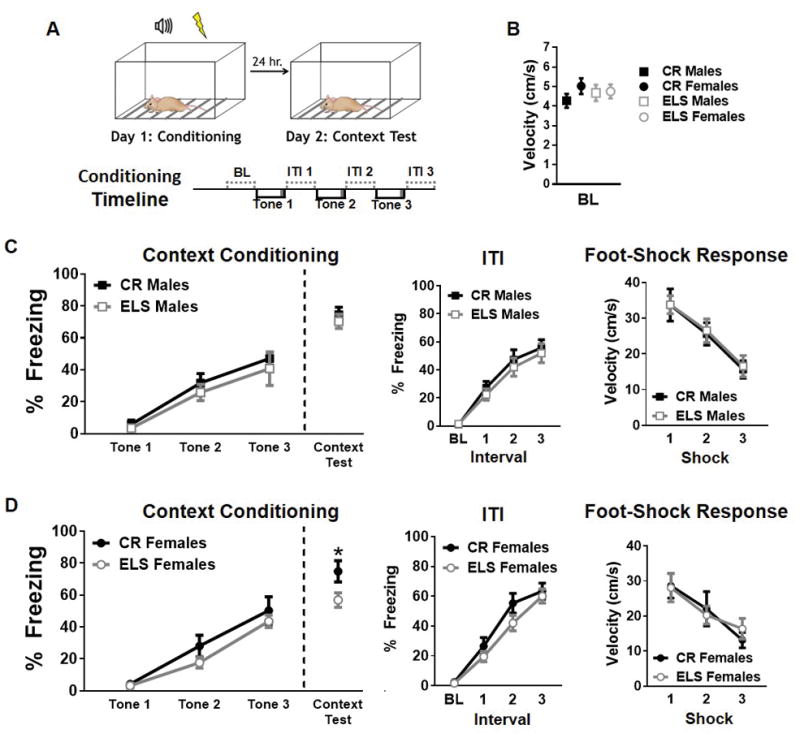Fig. 1. Impact of early life stress (ELS) on contextual threat conditioning in both males and females.

A) Schematic of contextual threat learning paradigm and description of day 1 protocol sequence. B) ELS does not affect baseline velocity in males or females. C) ELS in males does not alter freezing levels during learning or expression of contextual threat memories (left). Furthermore, freezing during ITIs (middle) and velocity during 1 second foot-shocks (right) remains unchanged. Black (CR males) and Gray (ELS males) dots and lines represent group means +/− SEM (CR males, n = 11; ELS males, n = 8). D) Unlike in males, ELS in females results in decreased freezing levels during contextual threat memory recall. However, ELS does not alter freezing during tones or during ITIs (middle). In addition, the mean velocity during the 1 second foot-shocks (right) remains unchanged. Black (CR females) and Gray (ELS females) dots and lines represent represents group means +/− SEM (CR females, n = 7; ELS females, n = 14). Two-way ANOVA and unpaired student t tests were used to assess statistical significance between groups during contextual memory expression* = p < 0.05.
